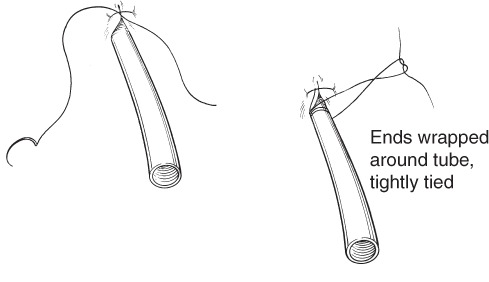The term “sleep hygiene” refers to a series of healthy sleep habits that can improve your ability to fall asleep and stay asleep. These habits are a cornerstone of cognitive behavioral therapy, the most effective long-term treatment for people with chronic insomnia. CBT can help you address the thoughts and behaviors that prevent you from sleeping well. It also includes techniques for stress reduction, relaxation and sleep schedule management.
Here are some general tips for good sleep habits from the CDC:
Be consistent. Go to bed at the same time each night and get up at the same time each morning, including on the weekends (this one is admittedly hard for the ER doctor, especially as a resident!)
Make sure your bedroom is quiet, dark, relaxing, and at a comfortable temperature
Remove electronic devices, such as TVs, computers, and smart phones, from the bedroom
Avoid large meals, caffeine, and alcohol before bedtime
Get some exercise. Being physically active during the day can help you fall asleep more easily at night.
If you’re still having difficulty falling asleep, consider keeping a two-week sleep diary to analyze your sleep trends.
In our modern-age of electronics, here are some tips to effectively manage electronic screen time in preparation for sleep:
Set your iPhone to “Do Not Disturb”
This will prevent your phone from alerting you with text messages or phone calls while you’re sleeping. Critical calls will still make it through if you toggle the “repeated calls” setting (i.e. a second call from the same person within 3 minutes will not be silenced)
You can also have automatic message replies if people attempt to call you when “do not disturb” is turned on
You can schedule when “do not disturb” is turned on
You can ensure that certain phone calls will always go through
Essentially there is NO REASON why this button shouldn’t be turned on!
If you have an Apple Watch, in addition to “do not disturb,” you can place your watch on “theater mode”
This will prevent your watch from lighting up with movement while you sleep
Download sleeping apps:
Sleep tracking apps
Sleeptracker
Sleep Watch
Sleep Cycle
Sleep sounds:
Relax Melodies
Sleep Sounds by Sleep Pillow
White Noise Deep Sleep Sounds
What about melatonin?:
Melatonin production in humans has a pronounced circadian rhythm; nocturnal plasma melatonin concentrations are at least 10-fold higher than daytime concentrations. The nocturnal rise in melatonin secretion plays an important role in the initiation and maintenance of sleep.
Nocturnal melatonin plasma concentrations decline with age; many older adult individuals develop age-associated insomnia (eg, waking up during the night, diminished sleep efficiency). Physiologic doses of melatonin may be beneficial for these individuals. Exposure to light suppresses the normal nocturnal rise in plasma melatonin concentrations. Can use low, physiologic doses (0.1 to 0.5 mg) for insomnia or jet lag. High-dose preparations raise plasma melatonin concentrations to a supraphysiologic level and alter normal day/night melatonin rhythms.
In a randomized, double-blind, replicated crossover trial performed on EM residents in 2018 regarding melatonin vs placebo in regards to sleep efficiency, it was found that there was essentially no difference in sleep quality between the groups, although a minor decrease in drowsiness was found in the melatonin group.
My take away is that good sleep hygiene practices supersede any supplements to promote healthy sleep.
References
https://www.cdc.gov/sleep/about_sleep/sleep_hygiene.html
http://sleepeducation.org/essentials-in-sleep/healthy-sleep-habits


